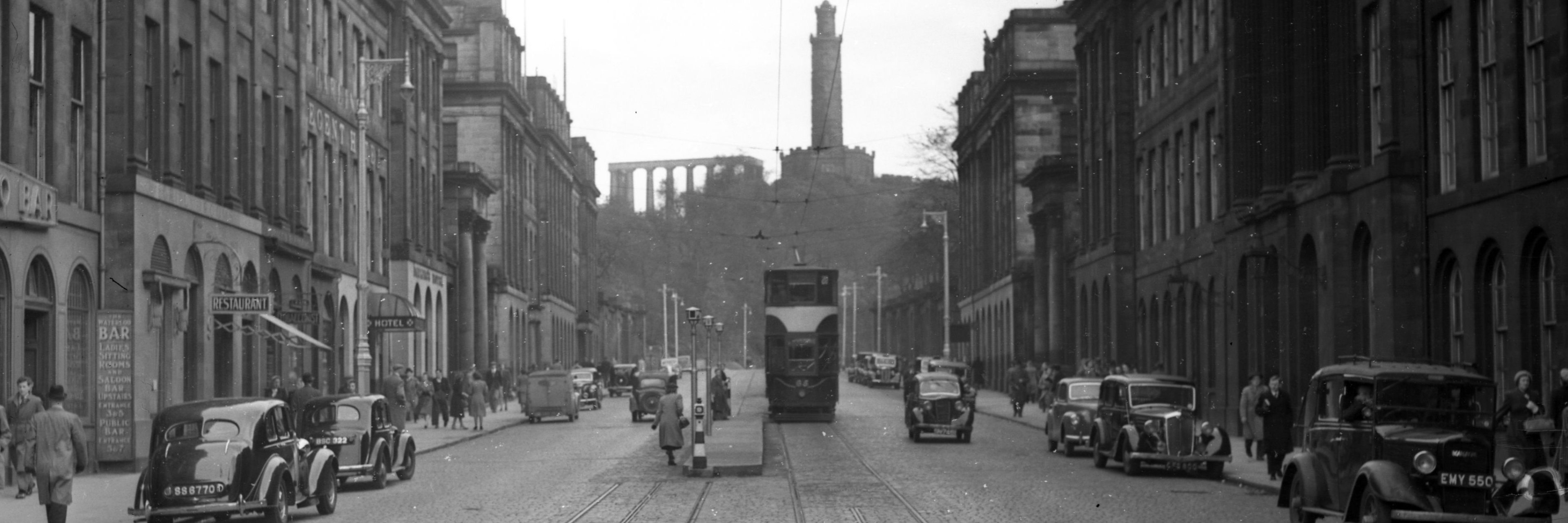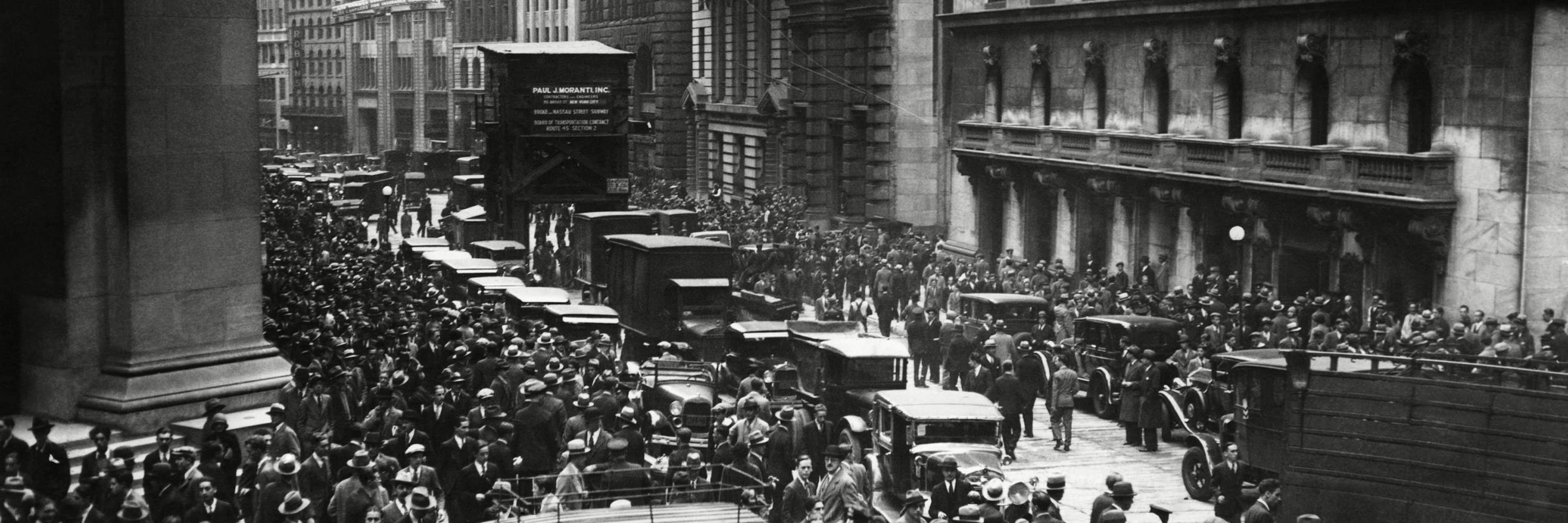But there have been challenges too. The Financial Crisis of 2008, the Covid-19 pandemic, increasing geopolitical instability and the return of high inflation all added volatility to the markets.
We have also had to adapt to the shrinking defined benefit pensions market in some countries, with many private sector employers now offering defined contribution schemes and de-risking their older plans. While we do not see the growth of our firm as an end in itself – that should naturally follow from achieving good results for clients – we have gradually built our ability to target a broader audience geographically and by client type.
We now work with clients in 46 countries, covering a wide spectrum from pension funds to other financial institutions, sovereign wealth funds, wealth managers, financial advisers and, in our home market, retail investors.
China has become an increased focus. We opened an office in Hong Kong in 2015 and in Shanghai in 2020. They help us to serve local savers and institutions looking to invest overseas and give us an edge when researching and investing in Chinese companies.
In addition, we established a Private Companies Team to support investments outside public markets, where some of the most exciting, fast-rising companies thrive.
We also continued to launch new funds, including:
- Multi Asset options that mix equities and bonds
- Our first funds with explicit sustainability goals as well as performance targets: Sustainable Growth and Positive Change
As at 31 March 2025, we had over £197bn of assets under management.
As we’ve increased in size, we have also cut our fees across many products to share the benefits of our own growth with clients.
We are now the UK’s only large-scale asset manager that’s an independent, unlimited liability, private partnership. It’s a model that lets us continue to put our clients’ interests above all else.




